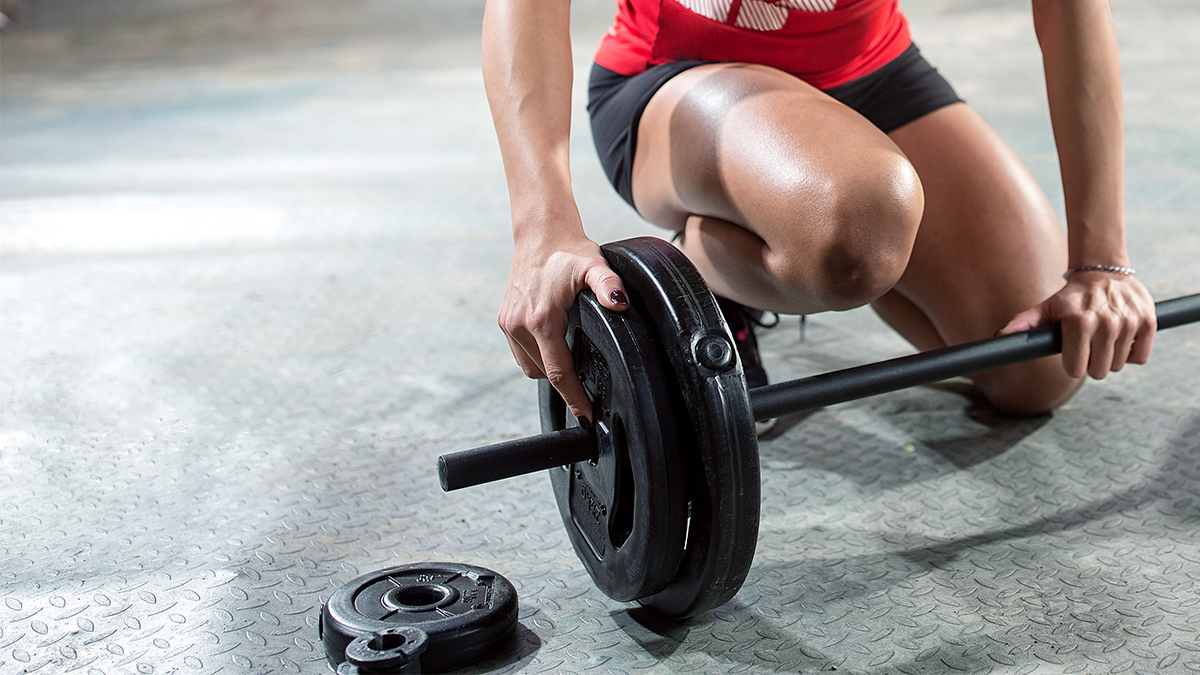Over the last five years, we’ve seen the mainstream endurance world do a complete 180-degree turn related to the use of strength training for performance. This is a huge step in the right direction, and as we, a sporting culture, are beginning to better discern the bad information from the quality information, we should expect large strides in unlocking a whole new level of performance for the average cyclist and triathlete.
Recently, I had the pleasure and privilege to present at the USA Cycling Coaching Summit. It was a fantastic opportunity to help coaches and athletes get started on the right foot in the realm of strength training.
I also realized in my time at the conference, that there is a big focus in the cycling world on “specificity of movements” such as those we already use tens-of-thousands of times every ride. While the intention is to employ the S.A.I.D. Principle (Specific Adaptations to Imposed Demands), we might actually be missing the target high and wide.
So what should we be concentrating on instead?
When it comes to the general population, there is a focus on building bigger, stronger muscles, and much of the schooling for new personal trainers is geared towards this group. But, when it comes to training endurance athletes, we should actually have different intentions: performance and longevity.
To reach those outcomes, we can break things down into three primary goals:
- Keeping the body in balance
- Injury prevention
- Increase performance
The order of these goals is incredibly important as focusing on keeping the body in balance will help us prevent injury and increase performance. Shuffle these around and you can quickly find yourself fighting unplanned battles that you simply don’t have the time or energy to win.
Taking these rules into consideration, we can begin to see how a limited strength training plan, which concentrates only on exercises like squats, lunges, hamstring curls, leg presses, and front planks, puts these goals at risk. Eventually, such a plan may lead to massive muscle imbalances and overuse of specifics muscles and joints resulting in a subsequent decrease in performance.
But, these exercises still have a place in strength training for cyclists. There is just far more that must be included in a well-rounded plan, especially for the upper body.
Incorporating the “Fundamental 5+1” movements
In order to see the most positive results, we have to think about working the body in ways that will help keep the joints in balanced positions. Doing so will will help the muscles function properly; this is quite literally “functional training”.
 | Learn how to build a balanced strength training plan!Sign up for a free trial or take the entire Strength Training for Triathlon Success course by Coach Menachem Brodie. |
That’s where the “Fundamental 5+1” movements come in. Every well-balanced strength training program should include all of the movements in order to build a better, more injury-resistant athlete:
- Push
- Pull
- Squat
- Hinge
- Press
- Rotary Stability
Notice anything? Only two of these movements are lower body dominant, and a third requires the upper and lower body to work together. That’s why a training plan that only concentrates on the lower body can ultimately be detrimental to an endurance athlete in the long term.
There are hundreds of exercises you can choose from for your athlete, and the most challenging part is to figure out which tool is best for that athlete at that time. My challenge to you is to build more well-rounded strength programs and make sure every exercise is leading to a more balanced athlete.
How are you planning to incorporate balanced exercises into your strength plans this year?



